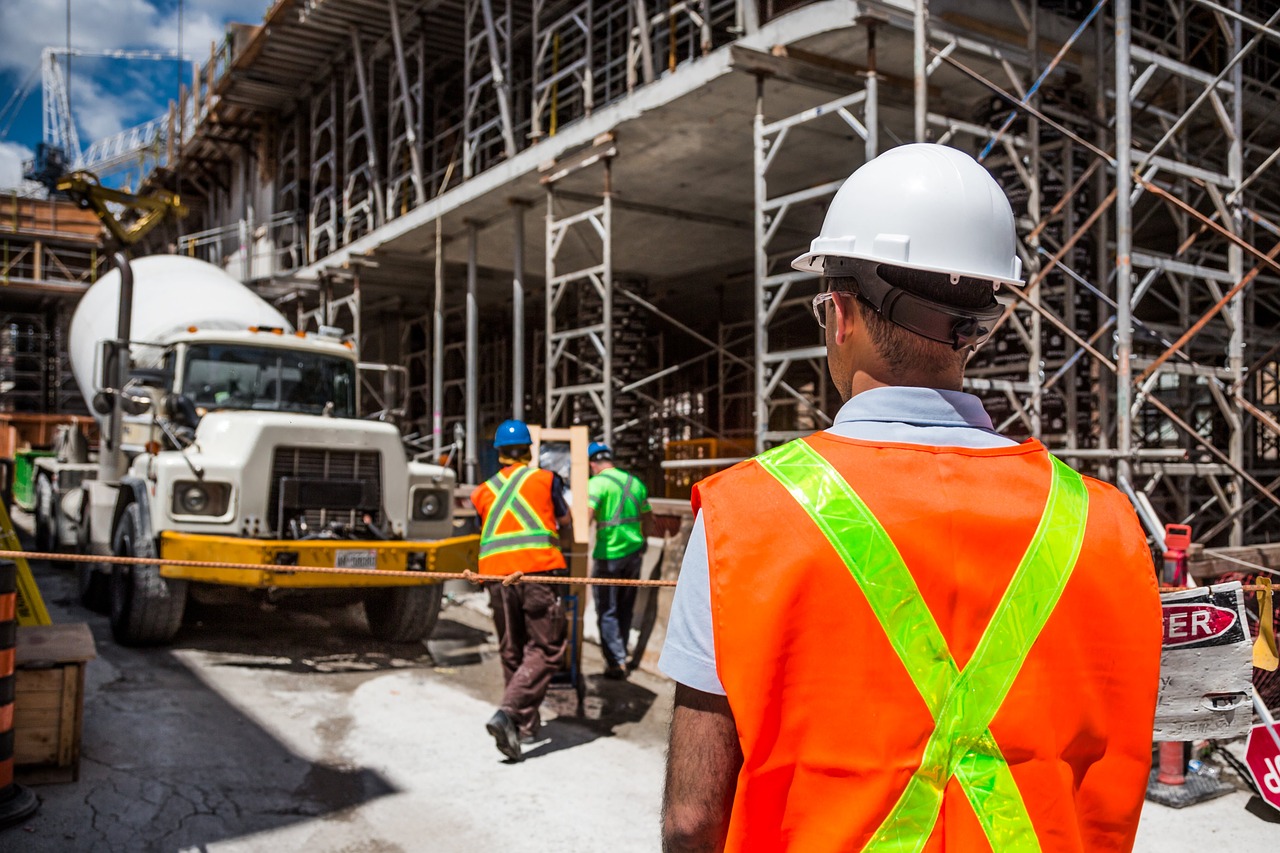Maintaining workplace safety standards needs to be valued by all individuals in any industry. Not only could your company face severe fines for failing to meet safety regulations, but you could also be putting the health and safety of your employees at risk. For these reasons, most companies offer required safety training courses to all team members, typically when they are first hired.
However, many of these safety training programs are falling short and putting companies and their employee’s lives at risk.
Every year, over 5,000 workplace fatalities occur – along with thousands of work-related injuries. Oftentimes, these accidents occur when employees are not following safety regulations, such as wearing proper PPE or utilizing correct hazard communication. Many injuries and fatalities are also the results of falls, slips, or equipment malfunctions.
This means the vast majority of these injuries and deaths can be prevented with proper, comprehensive safety training courses and implementation.
But how do you know if your workplace safety training is up to par? And why are so many industries missing the mark with their courses?
Here are a few reasons why your safety training courses may not be as effective as you think – and how to solve this potentially dangerous issue.
Many are Falling Short
First, it is important to understand why so many industries are not meeting the necessary standards with their safety training.
According to the Annual Safety Progress Report, 54% of respondents stated that it was incredibly challenging to offer effective safety training due to a lack of engagement from employees. Forty-six percent struggled to enforce rules and safeguards after training and 42% found it difficult to get team leaders and supervisors involved.
In construction specifically, just 20% of respondents were confident that their workplace safety training was effective. Further, only 40% thought their training courses provided workers with relevant experience. What is even more alarming is that 60% of supervisors did not observe safety-related behavior during and after training for correction.
This data is incredibly troubling – as it shows just how short many industries are falling when it comes to offering (and enforcing) effective training. There is no excuse for failing to offer acceptable safety training to all employees. The only solution is to find safety training courses that are effective, engaging, and successful – no shortcuts.
Construction Safety Training Programs are More Important than Ever
Although the rates of construction-related fatalities and injuries have been decreasing over the past few years, it is more important than ever for companies to improve their safety training programs.
Industry leaders must utilize safety training programs that keep up with the industry’s current risks and regulations. As technology progresses, construction workers need to be aware of how to stay safe while using tech and more advanced equipment.
OSHA frequently enforces new standards based on changing technology or present threats. For instance, the organization introduced new safety regulations in 2020 in response to COVID-19. Without proper training, many companies may not only violate these new rules but also put their employees at risk. This also means that companies must use safety training courses which are frequently updated to keep up with current regulations.
It is also important for business owners to understand the benefits of comprehensive safety training – beyond just meeting OSHA requirements. Investing in safety programs can help to decrease construction costs over time, as it reduces the number of accident-related injury costs or project delays. This in turn creates a safer and more efficient work environment.
Additionally, companies that keep their worker’s health and safety as a priority have happier and more engaged employees. A survey from O.C. Tanner concluded that when employees felt that their work environment was safe, engagement increased by 347%, and overall work satisfaction and quality increased by 154%.
According to Fortune Business Insights™, the global ready-mix concrete market size was USD 633.4 billion in 2019 and is projected to reach USD 1,227.2 billion by 2027, exhibiting a CAGR of 8.7% during the forecast period.
One-Size-Fits-All Training Doesn’t Work
One of the leading reasons why many construction firm’s current safety training programs are unsuccessful is because they use a generalized approach to simply “cover the basics”. These training programs often follow the list of what is merely required to cover during training.
However, this is not only unexciting, but it is also quite ineffective. Lots of time is wasted by covering topics that do not apply to each employee’s position and job duties. Further, it is hard to keep employees involved when the information is not relevant and the training itself is not interactive or engaging.
Instead, it is best to use specialized training courses that focus on specific aspects of the job for each employee. This could include offering courses on specific safety topics, such as crane operations, scaffolding safety, electricity training courses, and so on.
Construction companies must consider offering more personalized and specialized safety training course options for their workers. This is one of the best ways to ensure that all employees are learning proper procedures and rules to keep themselves and others safe on the job.
Conclusion
It is an unfortunate fact that many businesses are failing to meet even the minimum standards of safety training programs. This is putting many workers at risk and leading to thousands of unnecessary injuries and deaths every year. However, many of these accidents can be completely avoided by better safety training courses.
It is up to construction company leaders to evaluate their current approach to training and see where there is room for improvement. The health and safety of your employees are at stake – so you should be doing all you can to ensure your safety training is the best that it can be.
 Author Bio: Troy Clark is the owner of MSC Safety Solutions, an industry leader in safety training programs designed to achieve a well-informed workforce. He has worked for over 20 years in the safety industry, specializing in construction and general industry policy development, behavioral-based safety, fall protection, and safety management principles.
Author Bio: Troy Clark is the owner of MSC Safety Solutions, an industry leader in safety training programs designed to achieve a well-informed workforce. He has worked for over 20 years in the safety industry, specializing in construction and general industry policy development, behavioral-based safety, fall protection, and safety management principles.







